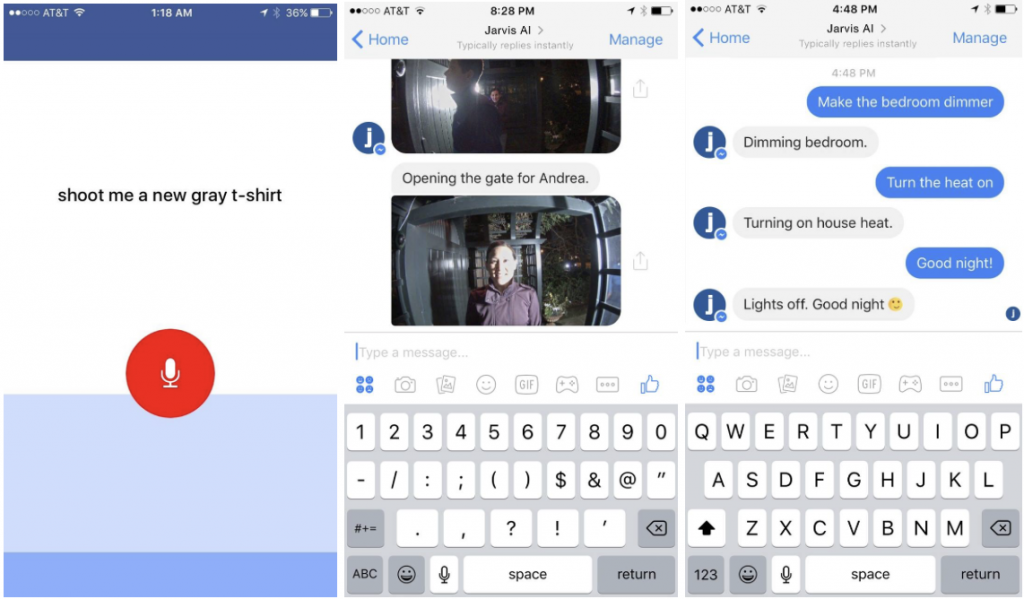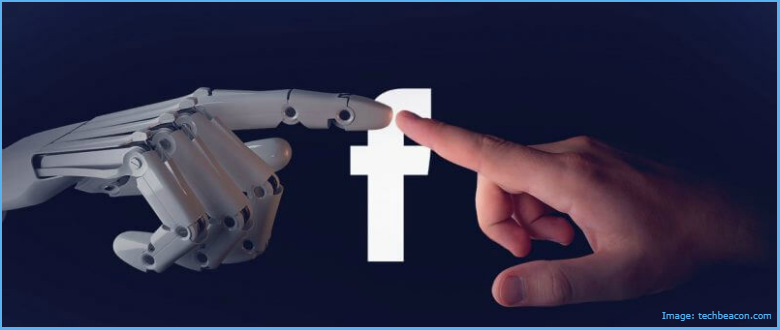We all know Mark Zuckerberg, the founder of Facebook. He once mentioned his resolution of 2016 is to develop an AI to run his home. In 2017, he announced his success on Facebook.
Named ‘Jarvis’, the system was coded in Python, PHP and Objective C. Yes, Jarvis. Mark named it after the AI butler of Tony Stark in Ironman. Mark first communicated with Jarvis through messenger bot, then programmed it to translate speech into text. Now, not only does Jarvis possess vision to recognize faces, but also a voice with the ability to recognize speeches.

Jarvis has the ability to learn. Whenever Mark wakes up and greets Jarvis, Jarvis opens the curtains and reports Mark’s schedule and the weather of the day. (Here’s a video of the interaction between Mark and Jarvis: https://www.youtube.com/watch?time_continue=103&v=ZGLPxEv_EWo )
Now that Mark has proved the capabilities of AI, more companies are working on AI in a home setting. In fact, from 2014 onwards, AI has been serving as domestic helpers. From Amazon Echo & Alexa’s Google Home, customers’ demands of AI can be observed. The development of Josh Micro is an example.
Josh is developed by Quark. You can interact with Josh through talking or texting. Likewise Jarvis, Josh has a base of machine learning model and can adapt to your habits. After 5 years of development, Josh was finally launched in 2016, with a claim that Josh could do even more than Jarvis. (Click here to learn more about Josh: https://www.josh.ai )
Pretty impressive, isn’t it? It can be foreseeable that in the near future, all of us will all have our own Jarvis, or Josh, or whatever you would like to name your AI.
Cr: Mark Zuckerberg, Josh.AI



